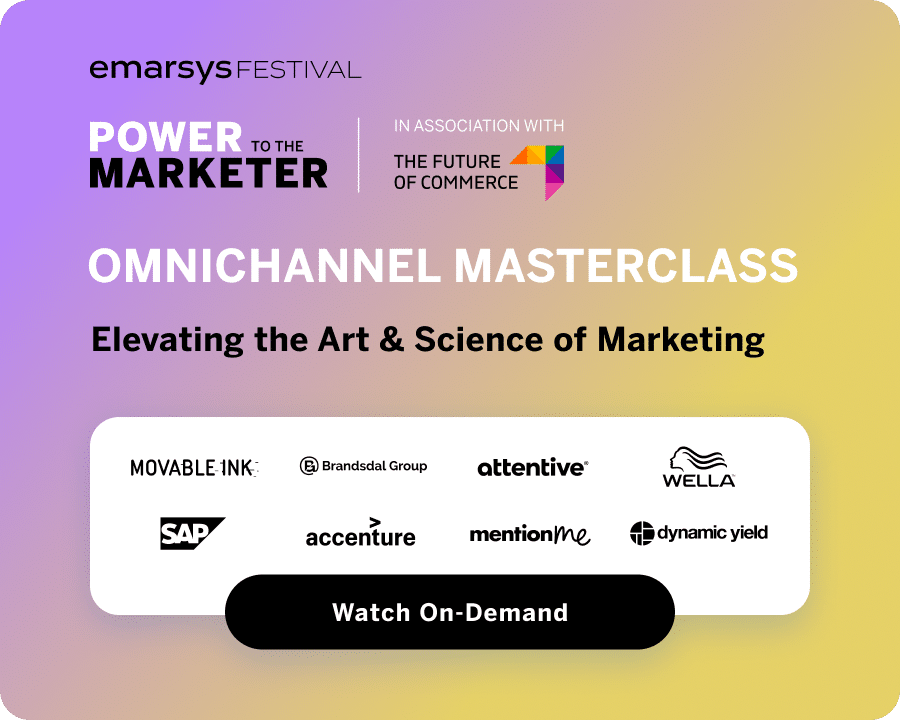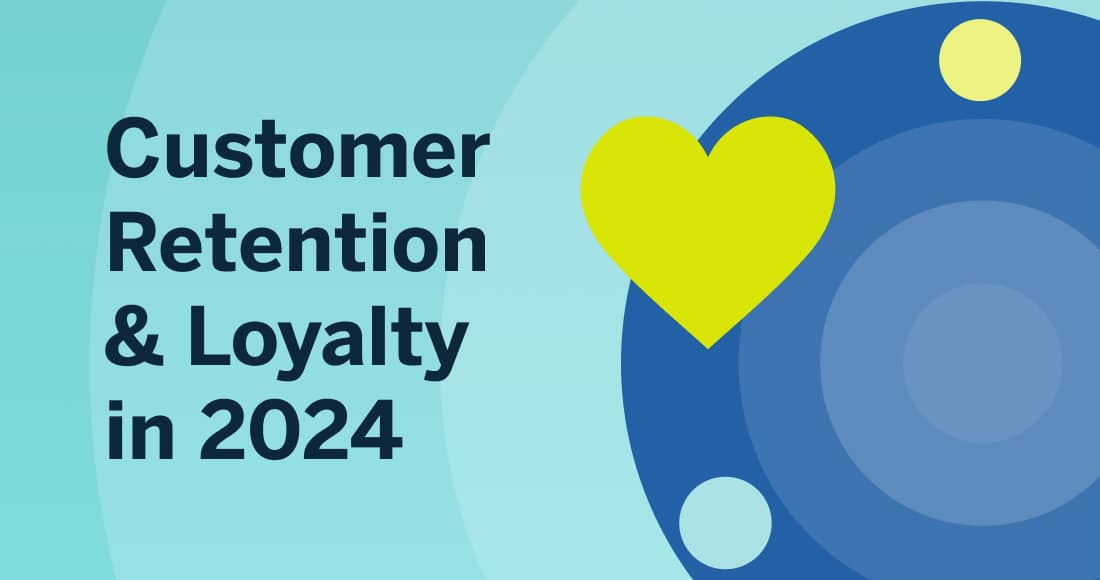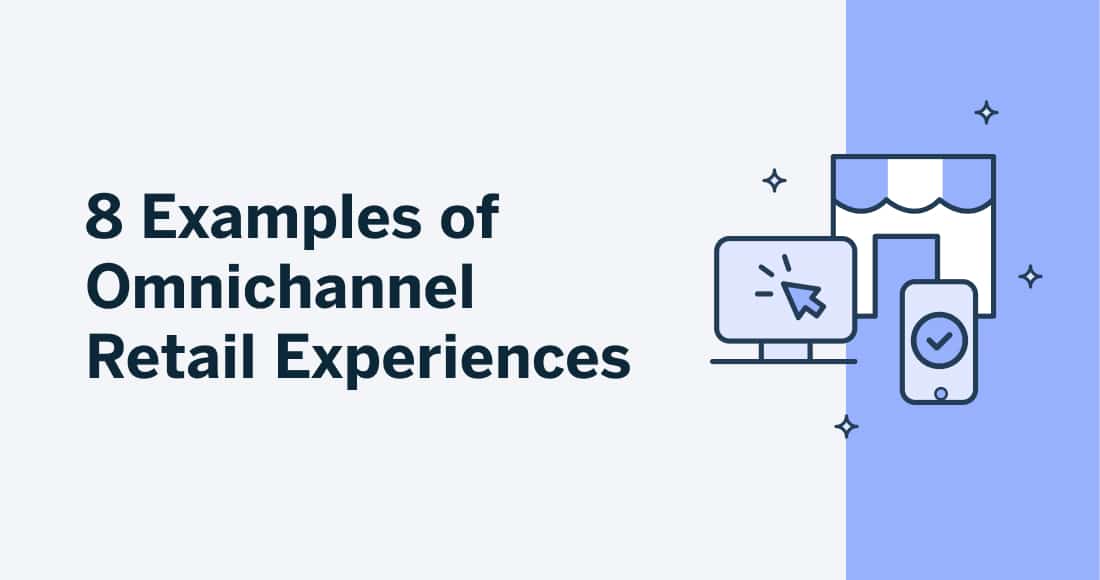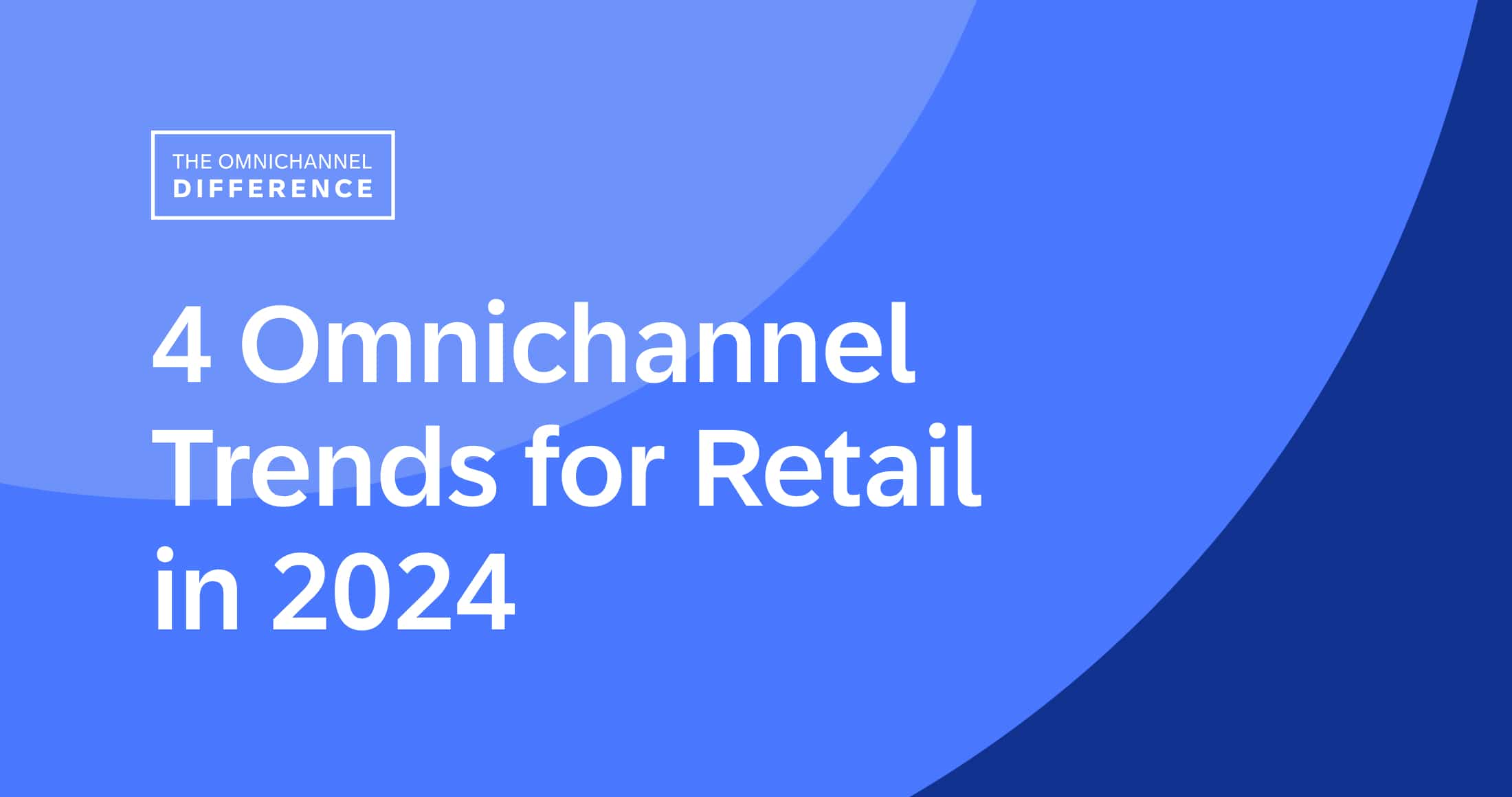In the last year, almost 56% of new customers made their first purchase with a brand using a digital channel. Much of this was due to the pandemic, as stores closed and sold exclusively online.
The question now is: will these newly-formed online buying habits continue once most of the world opens back up? Or will customers, once again, make their purchases in a retail store?
Recently I had the opportunity to ask these questions from representatives of SAP, Dynamic Yield, Sitoo, and many other great partners, to uncover how you can create 1:1 customer journeys and experiences using the data that’s already at your disposal. You can find these conversations in this Omnichannel Marketing Masterclass.
Has Consumer Behavior Changed?
Before the Coronavirus took over the world, eMarketer projected that Gen Xers and Baby Boomers would slightly increase their digital shopping in 2020. All that changed when stores shut down and more generations became comfortable buying online.
Last year’s Black Friday was a digital first, as many retailers decided not to open their doors. Due to the anticipated demand, Emarsys’s own data center bandwidth was doubled, ensuring our clients could easily scale without worrying interruptions.
Our Black Friday data showed a significant increase in digital campaigns as 90% more push notifications were sent v.s. the previous year, email sends increased 21%, and real-time event triggers jumped 177% as our clients drove more traffic to their online stores.
New Habits Formed
On average, it takes 66 days to form a new habit. As the ongoing shut-downs have lasted longer than a year in most countries, new habits such as purchasing online and avoiding crowds are now cemented into the minds of consumers and will be challenging to break.
According to Sinch — Forbes called them “one of the most successful companies you’ve never heard of” — they’re a global CPaas (Communications Platform as a Service provider) leader.
Around Q4 of last year, Sinch surveyed 3,000 consumers across 14 countries to learn more about any lasting behavior changes from the pandemic. They discovered that consumers who avoid unnecessary travel, large crowds, and are buying more online, will continue this behavior even after the pandemic and everything opens in their respective countries.
What can you do?
As customers may not be beating down your retail doors to get in once everything settles. So how can you connect with customers online, much as you would in-store?
Personalize Your Services
Suppose you’re interacting with prospects and customers through one channel. In that case, you’re missing out on multiple opportunities to connect with buyers across the various channels they use.
“We all know that acquiring new customers costs more than keeping existing. We all know those stats here. But if you don’t deliver a level of service that your customer is expecting, your customers will churn. Whether this is because you’re not providing it with the information they need at their fingertips, whether this is your customer service agent understanding the voucher code the customer should be able to apply, or whether it’s just the chatbot knowing these are the things that [you] should be pushing to the customer in order to solve the issue that they’ve got. So it’s really thinking about: How do I keep my customers happy and deliver the level of service they expect? And how do we do that? We do that [by] unleashing the power of personalization.”
Unify Your Messaging
Much like in-store customers have conversational messages with company representatives and sales associates, having that conversational approach with customers across any channel leads to more value engagements — for your brand, and for your customer.
“But what’s emerging now … and will be emerging very rapidly over the next few years, is the whole idea of conversational messaging as well. So you still get that 98% open rate, but based on our data, consumers are actually engaging with this type of messaging, having about two minutes of engagement (120 seconds of engagement) in a two-way conversational message. And what you have is, you still have that rich content, like you can have in an email, but you combine that with 100% reach, and an app-like experience. So you can have the action buttons, you can have the images, you can have the multimedia experience. And that’s really why we find, and why I find, that the mobile opportunity is so exciting.”
Know Who Your Customer Is… and Scale
Understanding your customer, their preferences, and what and why they purchase, is vital to connecting with them in meaningful ways.
“I think this year there are four key factors [to focus on] … The first point is [having] crystal clear clarity on who their core consumer and community is. And we can take examples of this after the four. The second thing is, that strong point of view that brings that community together behind a single message. So clarity on who the consumer is isn’t enough, you then have to bring that community together behind a strong, single message. It also goes back to what I mentioned before about a relentless focus on executing with that customer, with that brand essence in mind, and never changing course when it becomes tough. And that’s an interesting point against the current backdrop that we’ve experienced. And then the fourth part of it is the strong leadership that I characterized before as the benevolent dictators, you know, that tough yet fair, passionate about the business and their people, but providing that crystal clear focus about how to navigate the current situation.”
Final Thoughts
As customers are likely going to continue their newly formed habits and will interact with your brand through digital channels more than they will in your stores, it’s vital to provide a level of service that closely matches the personalized in-store experience.
It can be difficult trying to deliver and scale 1:1 personalization across multiple platforms. This is where the Emarsys Customer Engagement Platform shines as it can quickly scale, in real-time, the unique customer experiences you create across the platforms your customers enjoy best.
Emarsys combines all your data into one location, enabling your entire team to achieve scalable personalization through several tactics you can use at the click of a button, all without having to rely on your internal IT team.
Handpicked Related Content:

















